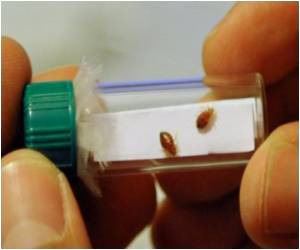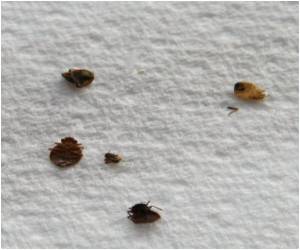
"Pinpointing such defense mechanisms and the associated genes could lead to the development of novel methods of control that are more effective," said study co-author Omprakash Mittapalli, assistant professor of entomology.
The study was funded by the US government and carried out at the university's Ohio Agricultural Research and Development Center.
"While bedbugs are poised to become one of the major household pests across the United States in the coming years, we know very little about their genetic makeup and their mechanisms of resistance to insecticides," said Mittapalli.
No one has escaped the infestation, including luxury hotels in New York and Paris, costing billions of dollars annually in extermination efforts by businesses and homeowners.
The six-legged nocturnal creatures feed on blood. They don't transmit diseases but people who are bitten often suffer red, itchy welts. They can hide in box springs, closets, shoes and luggage, which allows them to travel, according to the National Pest Management Association.
Advertisement
They analyzed both laboratory-reared bedbugs susceptible to insecticides and pesticide-exposed bedbugs collected from an apartment in Ohio state's capital city of Columbus.
Advertisement
The bedbug was a minor nuisance after World War II because of the widespread use of insecticides such as DDT, which was later stopped because it was found to be too dangerous.
Other factors for the spike in bedbugs in recent years include more international travel, increased exchange of used furniture and the development of resistance among bedbugs to current pesticides, the researchers said. They estimate bedbug numbers have increased 500 percent in the past decade.
Source-AFP







